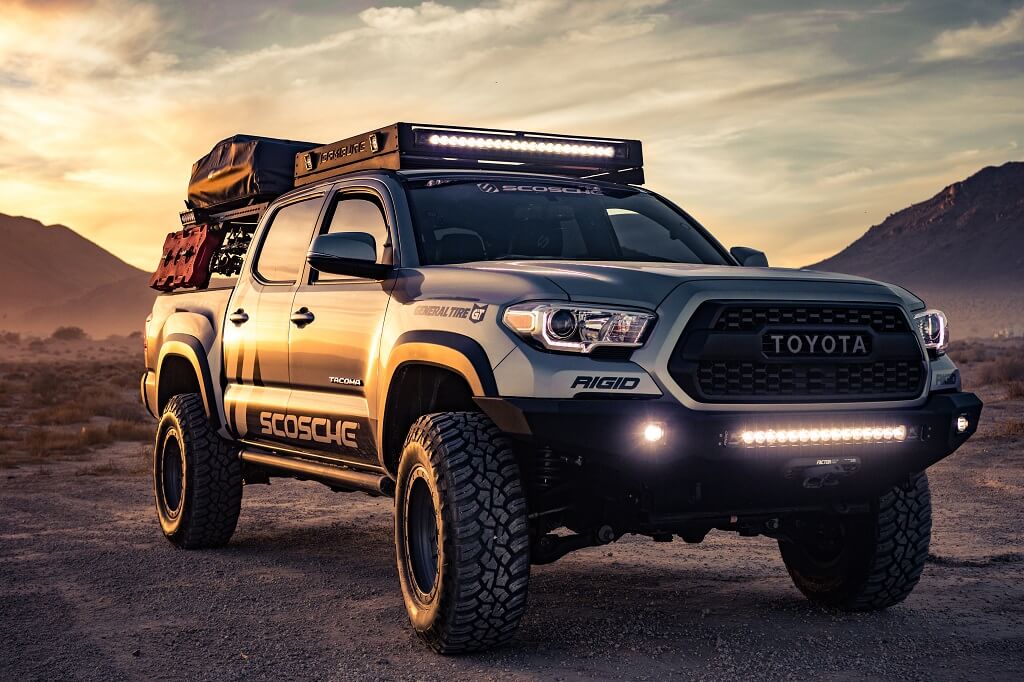Never Spend More Than 10 Percent Of Your Income On Car Costs
When it comes to cars, we're willing to spend a lot of money. The average person spends somewhere between 10 and 20 percent of their annual income on vehicle costs. That's like working between 1 and 2 months solid every year, just for your means of personal transport.
For anyone interested in saving money, this is a massive burden. You would love to spend less on your car. But because it's so important for personal freedom, your job and generally getting around, you can't. Everything seems “locked in.”
It turns out though, that buying a car isn't always necessary. Plus, even if you have to spend lots of money, there are plenty of ways you can save money.
The Costs Of Ownership
When you buy a car, you're paying more than just the lease or the loan. You're also having to cover all the additional expenses, such as insurance, maintenance, and fuel. Over the course of a year, these costs can rise dramatically, consuming thousands of dollars of income. Eventually, you need to ask yourself whether it's worth it, or if you could be better off with another setup.
Here's the problem: the vast majority of people don't really have a good picture of how much they're spending on their vehicles. They think that they have costs under control. But when they add them all up, it soon becomes clear why they don't have any money left in their accounts at the end of the month. Transport costs are eating them all up.
What Costs Do You Need To Cover As A Car Owner?
Besides the initial down payment, you need to cover a large range of costs as a car owner. These include:
- Registration costs
- Local and national taxes (where applicable)
- Insurance premiums, fees, and excesses
- Fines and penalties
- Fuel costs
- Servicing costs
When you put all these together, the price of keeping a car soars. The average person spends more than $5,000 per year, just keeping their vehicle on the road. And that figure doesn't take depreciation into account, which tends to ramp up inexorably over time.
Rules For Buying Cars
In this section, we take a look at some of the rules you need to follow if you decide to buy a car. If your income isn't high enough, consider saving a little longer for the vehicle you want.
Don't Pay More Than 10 Percent Of Your Salary On Car Costs
When purchasing a car, try not to spend any more than 10 percent of your monthly salary on related costs. If you go over this figure, you may end up eating into your budget for everything else, making it difficult for you to stay afloat financially.
So, for instance, if your monthly gross pay is $3,000, then you should aim to spend no more than $300 on personal transport costs.
The amount you actually spend per month will depend very much on the vehicle itself. If you buy second-hand, you can get monthly repayments down to as little as $100. Making a bigger down payment can also reduce the overall amount you pay because it lowers the interest rate on the loan.
Leasing tends to be the most expensive. But you often get a lot of goodies, like insurance, included in the price, making it easier to figure out how much you're actually spending.
Pay At Least 20 Percent On Your Down Payment
For most motor vehicles, you'll need to make a downpayment. The purpose of this is to cover the lender's risk. They want you to pay a certain amount of money upfront to hedge against the depreciation of the car.
You should try to cover as much of the cost of the vehicle in the downpayment as possible. People will often quote 20 percent, but that's really a minimum. Financially-savvy people aim for more than this.
Why? Because it lowers the interest payments you pay over time. Car loans are generally quite expensive. You could pay 10 percent per year on $10,000. That's $1,000 for the privilege of taking out the loan. However, if you can make a large down payment that cuts the amount you have to borrow to $5,000, you pay half the interest – just $500.
How Much Are People Spending On Car Ownership?
The cost breakdown for the average vehicle is quite interesting.
According to research, about 70 percent of customer bills go on repairs and breakdowns. Only 25 percent goes on fuel. And only 5 percent goes on miscellaneous stuff, like cleaning.
What this tells us is interesting: even owning a car you rarely use still costs a lot of money. Maintenance bills can stretch into thousands of dollars per year, pushing them much higher than fuel.
Generally, cutting costs with maintenance creates false economies. You think you're saving money. But you just wind up causing more damage and having more breakdowns. Regular servicing helps you conduct preventative maintenance, resolving issues before they go wrong.
Be Aware Of Depreciation
Vehicle depreciation is another major cost that you face.
Let's say that you buy a brand new car for $25,000 – about the average cost of a new vehicle. Now suppose that it depreciates at a rate of 10 percent per year – an optimistic figure.
Here's what it will be worth in subsequent years:
- Year 0: $25,000
- Year 1: $22,500
- Year 2: $20,250
- Year 3: $18,225
- Year 4: $16,402
- Year 5: $14,762
From this information, you can see that your car loses more than $10,000 in value over the first five years of ownership. And it continues to depreciate thereafter.
When you buy a car, you need to bear this in mind. You're buying a depreciating asset – something that's slowly falling apart.
From this data, you can see why lenders demand large deposits. If you don't keep up with repayments, they can't recover the value of the loan by selling the vehicle. So it's a risk.
You can get the jump on depreciation by buying a vehicle that's around a year old. Usually, it is substantially less expensive than the same vehicle brand new. So just waiting a few short months can wind up saving you thousands of dollars.
Keep Finance To Less Than Four Years
Ideally, you want to be able to pay off your car loan in under four years – or 60 months. Mostly, this is quite doable. Even a $20,000 loan is quite small if you have a decent income and divide it up over four years.
If you go for longer than that, the interest payments will soon add up. If the car loan lasts for more than about 8 years, then the amount you pay in interest often exceeds the value of the original loan.
Keeping finance to less than four years also keeps your time horizon sensible. The last thing you want is to have to pay for a car that you no longer use. You just want to sell it.
Insurance Costs
When it comes to costs, finding cheap car insurance can sometimes be challenging. If you stick with your long-term provider, they will slowly crank up their bills over time. One year, your insurance costs are $800, and then next, they're over $1,600.
The only real way to get consistently low insurance premiums is to continually change who provides your coverage. New brands are always willing to undercut their competitors to give you the best deal possible. So you can usually keep your insurance costs rock-bottom by regularly switching
Fuel
What about fuel? Is there anything that you can do to keep its costs down?
The most obvious solution is to opt for an efficient vehicle. However, the biggest savings actually come from going electric, especially if you do a lot of city miles.
Battery technology is coming down in price all the time. And electricity to charge up vehicles is around a third of the price of regular gasoline. Thus, over the course of about 10 years, you can save around $15,000 on fuel alone – a considerable sum of money.
If you don't want to go fully electric, you may be able to save money by choosing a plug-in hybrid. The base cost of these vehicles tends to be higher than regular ICE, but the fuel savings add up over the long-term, making you better off.
Wrapping Up
So what have we learned in this post?
First, we discovered that you shouldn't spend more than 10 percent of your annual income on car costs. If you do, you'll have to sacrifice other areas of your life, such as holidays.
We also found out that the downpayment should be 20 percent of your car's value. Less than that and the cost of your loan will rise considerably.
Lastly, related to this, we found out that you should keep the length of the loan's term to a minimum – less than four years is possible. Any more than that and the interest charges will go through the roof.
839GYLCCC1992






Leave a Reply